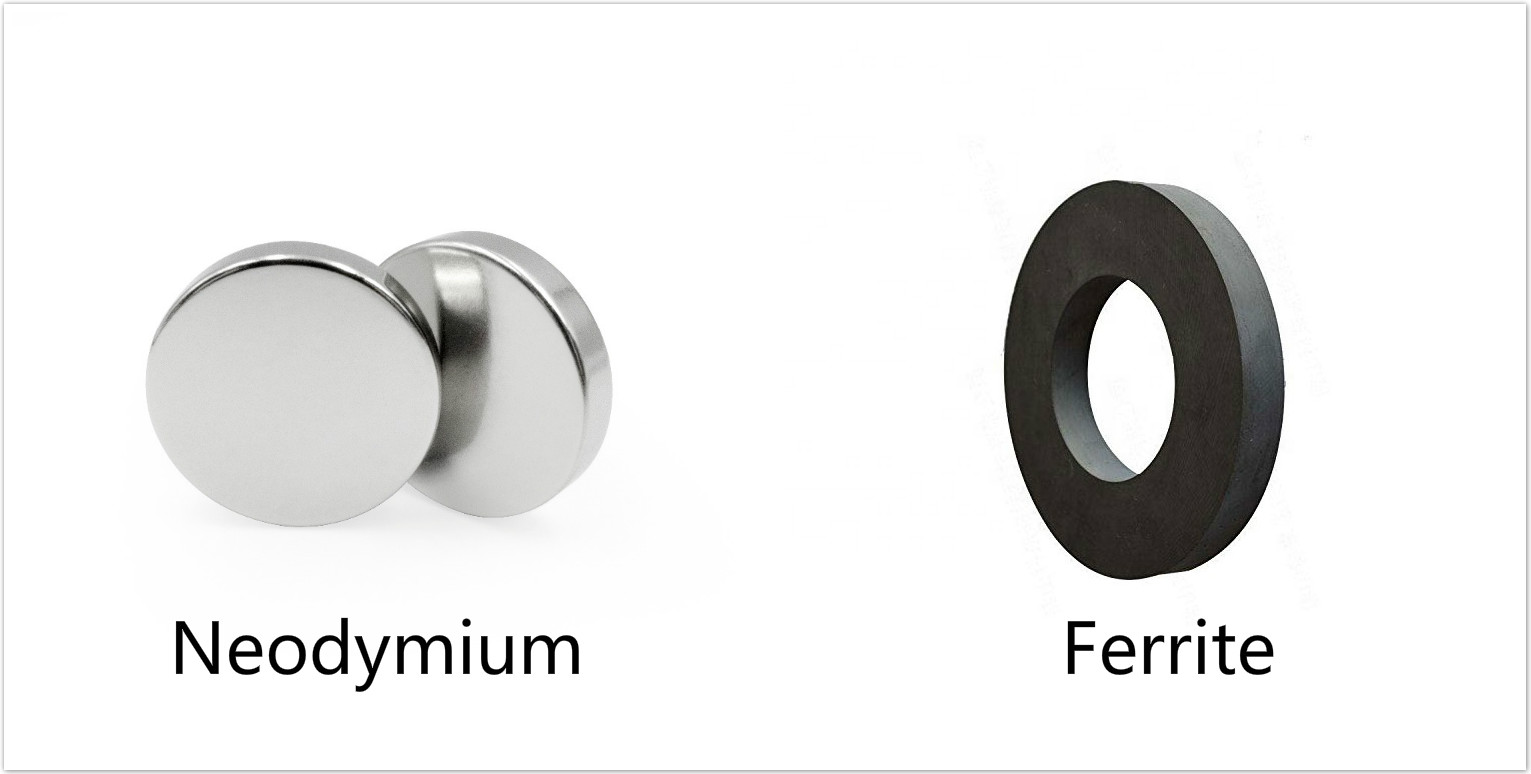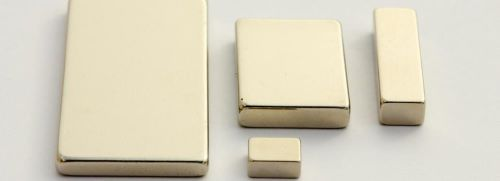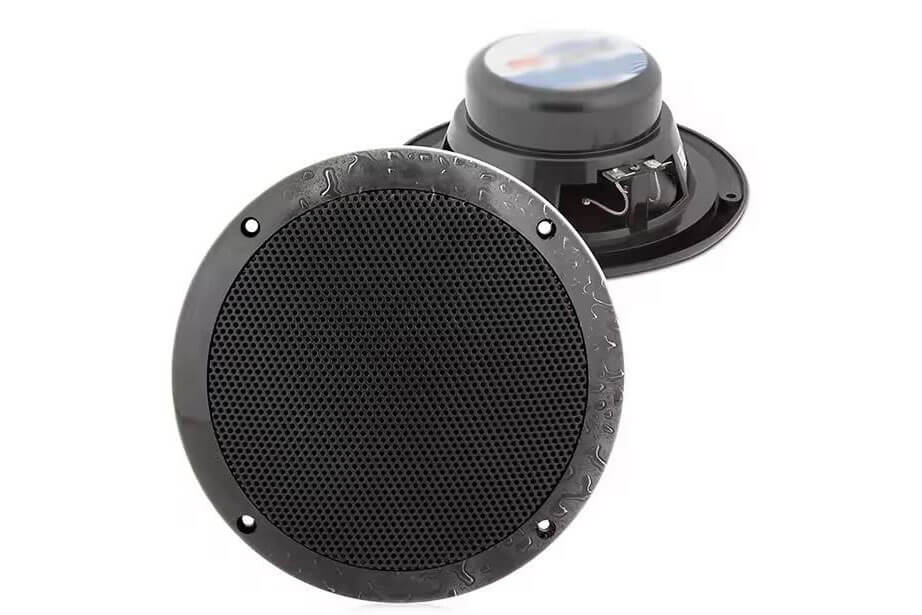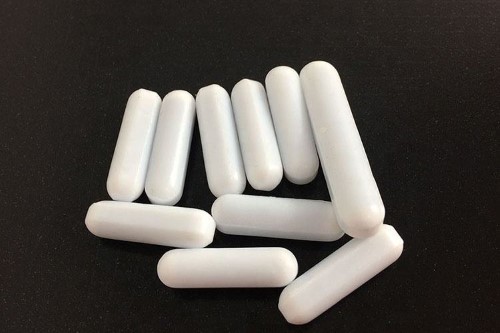Neodymium Magnets in Electroacoustic Devices
Neodymium is a buzzword in recent years, and the demand for this rare earth source is on the rise. Neodymium is commonly used in many industries, from advanced technology like the new vehicle industry to daily uses like earbuds, headphones, and Bluetooth.
Introduction to Neodymium Magnets
Basic Information
Neodymium magnet is one of the strongest permanent magnets in the market. This efficient rare earth magnet, with the chemical formula Nd2Fe14B, is composed of neodymium, iron, and boron. Neodymium magnets can be divided into two types according to their manufacturing process. Some factories use classical powder metallurgy to make sintered magnets. Some use rapid solidification to make bonded magnets.
Further Reading: Bonded NdFeB Magnets vs Sintered NdFeB Magnets
Features
Neodymium magnets have many special features.
- This magnet is famous for its extraordinary strength. Their magnetism is ten times as strong as the second-strongest permanent magnet.
- Neodymium magnet is quite light-weighted.
- A small piece of neodymium magnet could provide sufficient magnetic power.
- These magnets are rather durable. Their magnetic strength drops by 1 % in a decade.
Check the table below to learn further details of the strong magnetic performance of neodymium magnets.
Table 1 Magnetic Strength Comparison
| Magnet | Br (T) | Hci (kA/m) | TC | |
| (°C) | (°F) | |||
| Nd2Fe14B, sintered | 1.0–1.4 | 750–2000 | 310–400 | 590–752 |
| Nd2Fe14B, bonded | 0.6–0.7 | 600–1200 | 310–400 | 590–752 |
| SmCo5, sintered | 0.8–1.1 | 600–2000 | 720 | 1328 |
| Sm(Co, Fe, Cu, Zr)7, sintered | 0.9–1.15 | 450–1300 | 800 | 1472 |
| Sr-ferrite, sintered | 0.2–0.78 | 100–300 | 450 | 842 |
Applications
Neodymium magnets are generally applied to a range of industries. They include electrical engineering, electroacoustic devices, transportation, and magnetic therapy. For example, they are used to manufacture wind-driven motors, magnetic suspension trains, and MRI (magnetic resonance imaging (MRI). In addition, they are used to make audio equipment. These audio devices include speakers, microphones, hearing aids, and telephone receivers. The prospect for neodymium magnets is very broad and promising.
Neodymium Magnets in Electroacoustic Devices
You might seldom notice the presence of neodymium magnets inside your cell phone. Yet these tiny and strong magnets work day and night to make sure the electroacoustic devices in your phone could function smoothly. Mobile phones can have up to 14 small magnets. Each earphone or headset has 2 to 4 magnets. These magnets provide a strong magnetic field. So it is possible to convert electrical energy to mechanical energy. And these magnets help improve the sound quality of your cell phone. Neodymium magnets are commonly used for the audio parts of your cell phone in three ways.
- First, it is quite easy to find these magnets in your mobile phone speakers and receivers. It would be impossible to receive calls without mobile phone speakers.
- Earphones and headsets are external components of mobile phones. They are also helpful to create the nice user
- Last, neodymium magnets provide strong force for auto-focus cameras, vibration motors, and magnetic charging devices.
As a strong permanent magnet, neodymium magnet offers high-quality service and continuous use for the audio equipment of mobile phones.
Neodymium Magnets vs Ferrite Magnets
With the development of technology, the mobile phone manufacturing industry put forward higher requirements for magnets inside our phones. Neodymium magnets took the place of ferrite magnets and other traditional magnets.
Further Reading: Neodymium Magnets VS Ferrite Magnets

Here comes the most frequently asked question: neodymium magnets or ferrite magnets? Which one is better for the sound devices of your mobile phone? Let’s discuss the good points and weak points of them respectively.
Ferrite Magnets
Ferrite magnets have been used to make mobile phone speakers for decades. They are composed of ferromagnetic metal oxide, and they are viewed as non-permanent magnets. These magnets tend to have low magnetism relatively. So manufacturers usually use many layers of ferrite to get a strong magnetic field. However, ferrite magnets indicate a lower cost. They are much cheaper compared with their neodymium equivalent. Ferrite magnets are also highly resistant to deterioration and corrosion. So it is perfect to choose ferrite to make speakers in harsh environments.
Neodymium Magnets
Then, let’s focus on the pros and cons of neodymium magnet mobile phone speakers. First, neodymium magnets stand out for their extreme magnet strength. Their magnetic energy value is about 18 times greater than “ordinary” ferrite magnets. A neodymium speaker also wins because it is lighter in weight. It weighs about 50% less than other speakers. In addition, there would be less distortion under harsh conditions. Neodymium magnets give you a better performance under different conditions. However, NdFeB magnets are not resistant to high temperatures and corrosion and are fragile. Its best-use condition is usually below 80℃.
Make Your Choice
We could conclude that neodymium magnets have a higher competitive edge over ferrite and other magnets. If you need a strong permanent magnet for your cell phone, neodymium is an ideal option for you. You also need to consider the following factors and choose the right one for your mobile phone speaker. The factors to be considered include cost, efficiency, system weight, system size, and aesthetics. Stanford Magnets is a global supplier of various magnets. Different kinds of permanent magnets are available.
Conclusion
Hope you can have a better understanding of neodymium magnets and their use in electroacoustic devices. These devices include mobile phone speakers, receivers, earbuds, and headsets. Stanford Magnets has supplied quality neodymium magnets since the 1990s. Neodymium magnets of different grades are available. Please check their related maximum operating temperature. Additionally, remember to store and handle this strong and brittle material carefully. For more information, please check our homepage..
















